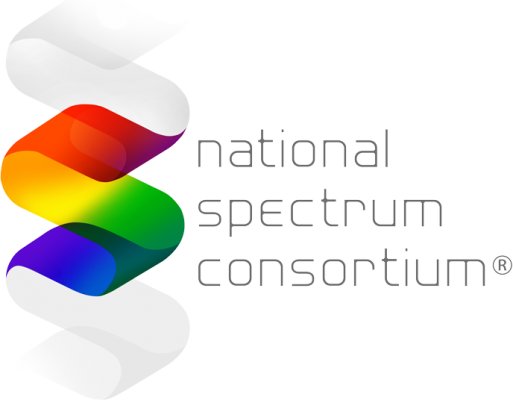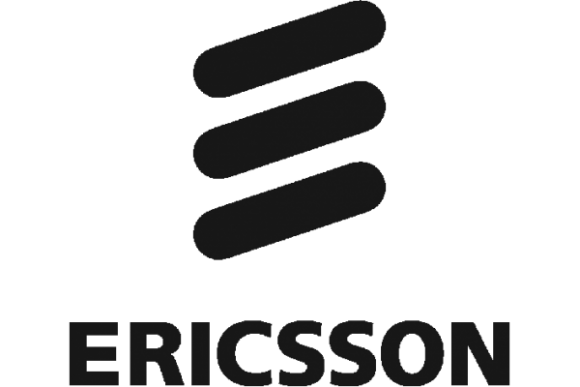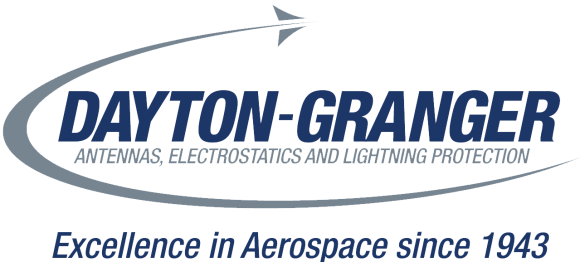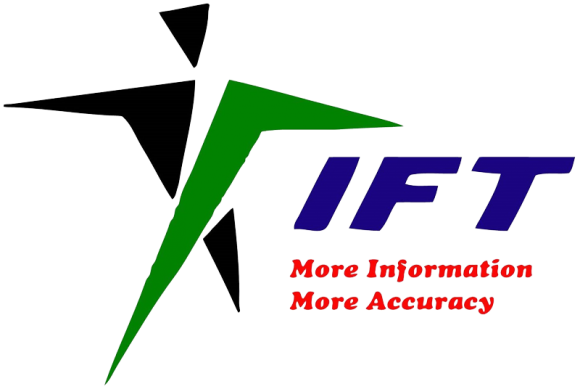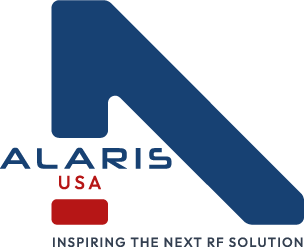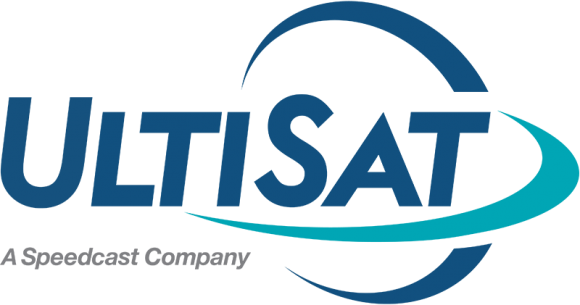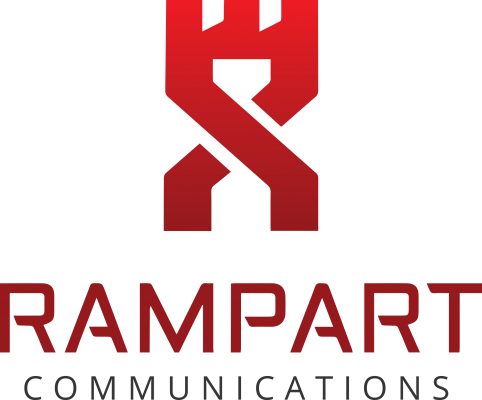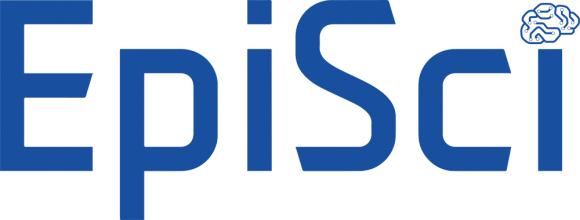Tuesday, October 31, 2023
Time: 8:45 - 9:30
Location: Salon A - E
Title: "Building Enduring Advantage for Trusted AI"
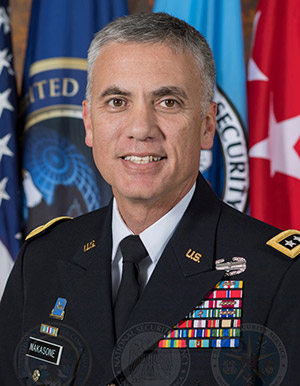 General Paul M. Nakasone
General Paul M. Nakasone
United States Army, Commander, United States Cyber Command, Director, National Security Agency/Chief, Central Security Service
View Biography
General Paul M. Nakasone assumed his present duties as Commander, U.S. Cyber Command and Director, National Security Agency/Chief, Central Security Service in May 2018.
He previously commanded U.S. Army Cyber Command from October 2016 - April 2018.
A native of White Bear Lake, Minnesota, GEN Nakasone is a graduate of Saint John's University in Collegeville, Minnesota, where he received his commission through the Reserve Officers' Training Corps.
GEN Nakasone has held command and staff positions across all levels of the Army with assignments in the United States, the Republic of Korea, Iraq, and Afghanistan.
GEN Nakasone commanded the Cyber National Mission Force at U.S. Cyber Command. He has also commanded a company, battalion, and brigade, and served as the senior intelligence officer at the battalion, division and corps levels.
GEN Nakasone has served in Joint and Army assignments in the United States, the Republic of Korea, Iraq, and Afghanistan. His most recent overseas posting was as the Director of Intelligence, J2, International Security Assistance Force Joint Command in Kabul, Afghanistan.
GEN Nakasone has also served on two occasions as a staff officer on the Joint Chiefs of Staff.
GEN Nakasone is a graduate of the U.S. Army War College, the Command and General Staff College, and Defense Intelligence College. He holds graduate degrees from the U.S. Army War College, the National Defense Intelligence College, and the University of Southern California.
GEN Nakasone's awards and decorations include the Distinguished Service Medal (with oak leaf cluster), the Defense Superior Service Medal (with three oak leaf clusters), Legion of Merit, Bronze Star, Defense Meritorious Service Medal (with oak leaf cluster), Army Commendation Medal, Joint Service Achievement Medal (with oak leaf cluster), Army Achievement Medal (with four oak leaf clusters), Joint Meritorious Unit Award, Iraq Campaign Medal, Afghanistan Campaign Medal, Combat Action Badge, and the Joint Chiefs of Staff Identification Badge.
GEN Nakasone and his wife are the proud parents of four children, who form the nucleus of “Team Nakasone.”
Time: 12:35 - 14:05
Location: Salon A - E
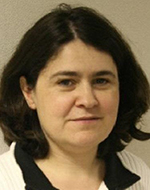 Jennifer Yates
Jennifer Yates
Assistant Vice President of Inventive Science, AT&T Labs
View Biography
Jennifer Yates is an Assistant Vice President of Inventive Science at AT&T Labs, heading the Networking and Services Automation Research organization. Her team is focused on inventing, prototyping, and driving new technologies and analytics that drive enhanced levels of Operational automation through AI/ML, provide critical business insights, enhance customer network experience and address complex cross-layer issues across AT&T’s network and applications. Partnering closely with internal AT&T teams, academia and broader industry partners, her team's cutting-edge innovations are widely deployed and utilized across AT&T’s global networks and the broader industry.
Jen received her Ph.D. from The University of Melbourne, and Bachelor of Engineering (Honours) and Bachelor of Science degrees from the University of Western Australia, Jen moved from her homeland of Australia to the United States in 1999 to pursue her career at AT&T.
Jen has been honored with induction into the Women in Technology Institute Hall of Fame in 2016, the AT&T Fellow Award in 2012, the Science and Technology Medal in 2006, the Victorian Photonics Network Achievement Award in 2004, and was named a Top Young Innovator by MIT Technology Review in 2003. Jen holds over 30 patents.
Wednesday, November 1, 2023
Time: 8:45 - 9:30
Location: Salon A - E
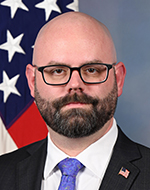 Thomas W. Rondeau, Ph.D.
Thomas W. Rondeau, Ph.D.
Principal Director for the FutureG & 5G Office
Office of the Deputy Chief Technology Officer (Science and Technology),
Under Secretary of Defense for Research and Engineering
View Biography
Dr. Tom Rondeau is the Principal Director for the FutureG & 5G Office for the US Department of Defense, serving in the Office of the Undersecretary of Defense for Research and Engineering (OUSD(R&E)). In this role, Dr. Rondeau is responsible for the research, funding, and execution of programs to advance warfighting capabilities using 5G and future-generation wireless technologies. Before assuming his role as Principal Director of the FutureG & 5G Office, Dr. Rondeau spent more than six years as a Defense Advanced Research Project Agency (DARPA) program manager, where he led efforts that challenged and advanced studies in a variety of warfighting domains, earning him the Distinguished Public Service Medal. Prior to joining DARPA, Dr. Rondeau was the Project Lead for the GNU Radio project, consulted on wireless communications problem sets, and worked as a visiting researcher with the University of Pennsylvania and as an Adjunct with the IDA Center for Communications Research in Princeton, NJ. Dr. Rondeau holds a Ph.D. in electrical engineering from Virginia Tech, where his dissertation won the Council of Graduate Schools’ 2007 Outstanding Dissertation Award in math, science, and engineering.
Thursday, November 2, 2023
Time: 8:45 - 9:30
Location: Salon A - E
.jpg) Army Lt. Col. (ret) Philip Root, Ph.D.
Army Lt. Col. (ret) Philip Root, Ph.D.
Director of DARPA’s Strategic Technology Office (STO)
View Biography
Army Lt. Col. (ret) Philip Root, PhD, was named director of the Strategic Technology Office (STO) in February 2022. He previously served as DSO's deputy director and acting director from June 2019 until moving to STO. He previously served as program manager within the DARPA’s Tactical Technology Office (TTO) where he explored the intersection of AI, autonomy, and military operations. His former TTO programs include the Squad X program, Urban Reconnaissance through Supervised Autonomy (URSA), the ALIAS aircrew autonomy program, the Mobile Force Protection counter-UAS program, the Underminer tactical tunneling program, and the DSO Fast Lightweight Autonomy (FLA) program. He maintains responsibility for the legal, moral, and ethical (LME) analysis of the URSA program as an exemplar for in-depth LME analysis of an autonomous system.
Before coming to DARPA, Root was the director of the Center for Innovation and Engineering at the United States Military Academy at West Point where he oversaw cadet and faculty research in support of Army operations. As a research and development officer, Root has deployed to Afghanistan developing and implementing the hardware and software needed to support cloud-based military intelligence analytics. He served two years as an Astronaut Office support engineer at the Johnson Space Center where he had oversight responsibilities for the booster and launch abort system of the Constellation program intended to return Americans to the Moon. Root spent nearly the first decade of his career as an Apache helicopter pilot in Germany and Korea. He is a graduate of the United States Military Academy, and he received his Master of Science and doctorate from MIT at the Laboratory for Information and Decision Systems (LIDS).
Time: 12:35 - 14:05
Location: Salon A - E
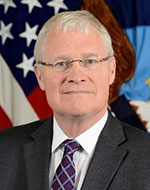 Honorable Alan R. Shaffer
Honorable Alan R. Shaffer
Former Deputy Under Secretary of Defense for Acquisition and Sustainment
View Biography
The Honorable Alan R. Shaffer assumed his current position as the director of Washington operations for MIT Lincoln Laboratory in April 2022. Previously, he served as the Deputy Under Secretary of Defense for Acquisition and Sustainment (A&S) from January 2019 to January 20, 2021. Senate confirmed in January 2019, he was responsible to the Under Secretary of Defense (A&S) for all matters pertaining to acquisition; contract administration; logistics and materiel readiness; installations and environment; operational energy; chemical, biological, and nuclear weapons; the acquisition workforce; and the defense industrial base. During this period, he concurrently served as Acting Assistant Secretary of Defense for Nuclear, Chemical and Biological Defense.
From 2015 to 2018, Shaffer served as the Director, NATO Collaboration Support Office in Neuilly-sur-Seine, France. In this role, he was responsible for coordinating and synchronizing the Science and Technology (S&T) collaboration between NATO member and partner Nations, comprising a network of about 5,000 scientists.
Previous to his role at NATO, Shaffer served as the Principal Deputy Assistant Secretary of Defense for Research and Engineering (ASD(R&E)) from 2007 to 2015. In this position, Shaffer was responsible for formulating, planning, and reviewing the Department of Defense (DoD) Research, Development, Test, and Evaluation (RDT&E) programs, plans, strategy, priorities, and execution of the DoD RDT&E budget that totals roughly $25 billion per year. He also served twice as the Acting Assistant Secretary of Defense for Research and Engineering from 2007 to 2009 and from 2012 to 2015, a position that was the Chief Technology Officer of the DoD.
In 2009, he was appointed as the first Director, Operational Energy, Plans and Programs (Acting). Shaffer has also served as the Executive Director for several senior DoD Task Forces, including review of all research, acquisition and test activities during the 2005 Base Realignment and Closure. In 2007, he was the Executive Director for the DoD Energy Security Task Force and, and from 2007 to 2012, he served as the Executive Director of the Mine Resistant Ambush Protection (MRAP) Task Force, where he was responsible for oversight, fielding, and employment of 27,000 MRAPs across the DoD.
Before entering the federal government, Shaffer served 24 years as a commissioned officer in the United States Air Force and retired in the grade of Colonel. While serving, he held positions in command, weather, intelligence, and acquisition oversight with assignments in Utah, California, Ohio, Honduras, Germany, Virginia, Washington DC, and Nebraska. Upon retirement from the Air Force in 2000, Shaffer was appointed to the Senior Executive Service. In 2001, he assumed the position as Director, Plans and Programs, Defense Research and Engineering. Shaffer earned a BS degree in mathematics from the University of Vermont in 1976, a second BS degree in meteorology from the University of Utah, an MS degree in meteorology from the Naval Postgraduate School, and an MS degree in National Resource Strategy from the Industrial College of the Armed Forces. He was awarded the Secretary of Defense Medal for Outstanding Public Service, the Meritorious Executive Presidential Rank Award in 2004, the Department of Defense Distinguished Civilian Service Award, and the Distinguished Executive Presidential Rank Award in 2007 and 2015. He is a member of the Potomac Institute for Policy Studies Board of Regents and is a Distinguished Fellow of the Emerging Technology Institute of NDIA, as well as a member of several boards.
Friday, November 3, 2023
Location: Offsite at Classified Program
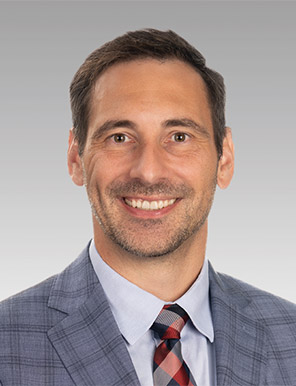 Andrew Puryear
Andrew Puryear
Vice President and Chief Technology Officer for L3Harris Technologies
View Biography
Andrew Puryear is Vice President and Chief Technology Officer for L3Harris Technologies. In this role, he develops and oversees the overall technology and engineering strategy, driving technology talent development throughout the company and ensuring world-class standards of engineering processes, methods, systems and tools. This includes leading research and development planning and investments, integrating corporate strategy, product management, and technology planning to identify and pursue technology and market adjacencies for existing products and technologies under development.
Prior to joining L3Harris in 2023, Puryear served as Chief Technology Officer for Ultra Electronics, leading the development and implementation of the strategic technology roadmap, which connected Ultra’s internal research and development (IRAD) investments to corporate strategy. He also integrated corporate strategy, product management, and technology planning while collaborating with global business development to align technology development with international pursuits.
Previously, Puryear served as the Division Leader for Pacific Northwest National Labs AI and Data Analytics Division, as the Director of Cyber Strategy and Execution for The MITRE Corporation, and as an R&D Senior Manager at Sandia National Labs. He spent eight years at the MIT Lincoln Laboratory, where he contributed to missions from seabed to space. Puryear has more than 24 years of engineering experience, including establishing strategic partnerships and identifying emerging technology capability areas.
Puryear has a bachelor’s degree in electrical engineering and computer science from Texas A&M, a master’s degree in electrical engineering from Stanford University, and a doctorate in electrical engineering and computer science from the Massachusetts Institute of Technology (MIT). He is also a member of the U.S. Navy Reserve and served as the Emerging Technology Threat Advisory Chair for the U.S. Department of Commerce.
L3Harris Technologies is the Trusted Disruptor for the global aerospace and defense industry. With customers’ mission- critical needs always in mind, our more than 50,000 employees deliver end-to-end technology solutions connecting the space, air, land, sea and cyber domains. L3Harris.com.
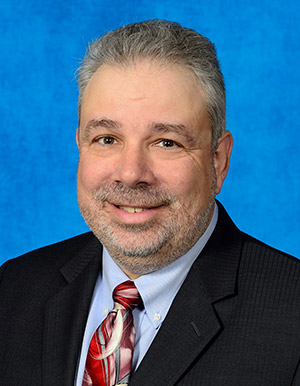 Dr. Mark E. Segal
Dr. Mark E. Segal
Deputy Director of the Research
Directorate of the National Security Agency (NSA)
View Biography
Dr. Mark E. Segal is Deputy Director of the Research Directorate of the National Security Agency (NSA). In this role, Mark provides scientific and administrative oversight to an organization that conducts mission-focused research across a wide variety of scientific disciplines, and applies successful research results to NSA’s signals intelligence and cybersecurity missions. Many operational systems at NSA have key components in them derived from Research breakthroughs.
Prior to this assignment, Mark was the Chief of Computer and Analytic Sciences Research, leading advanced research activities in computer systems, big-data analytics, and video, image, speech, and text-processing technology. Mark has also served as the Deputy Chief of NSA’s Laboratory for Telecommunication Sciences, leading research activities in advanced networking and computing research. Mark served as a Director of Cybersecurity Operations in the NSA/CSS [Cybersecurity] Threat Operations Center, where he led a team in a 24x7 operations center focused on protecting Department of Defense networks from cyber exploits.
Mark’s work has been recognized with a National Intelligence Meritorious Unit Citation and a Presidential Rank Award. Prior to joining NSA, Mark worked at Telcordia Technologies (formerly Bellcore) as a research manager and researcher. He served as Executive Director of Software Technology Research at Telcordia, and conducted research in distributed computing, multimedia systems, dependable systems, and cyber security.
Mark holds BS, MS, and PhD degrees in Computer and Communications Sciences from the University of Michigan in Ann Arbor.



